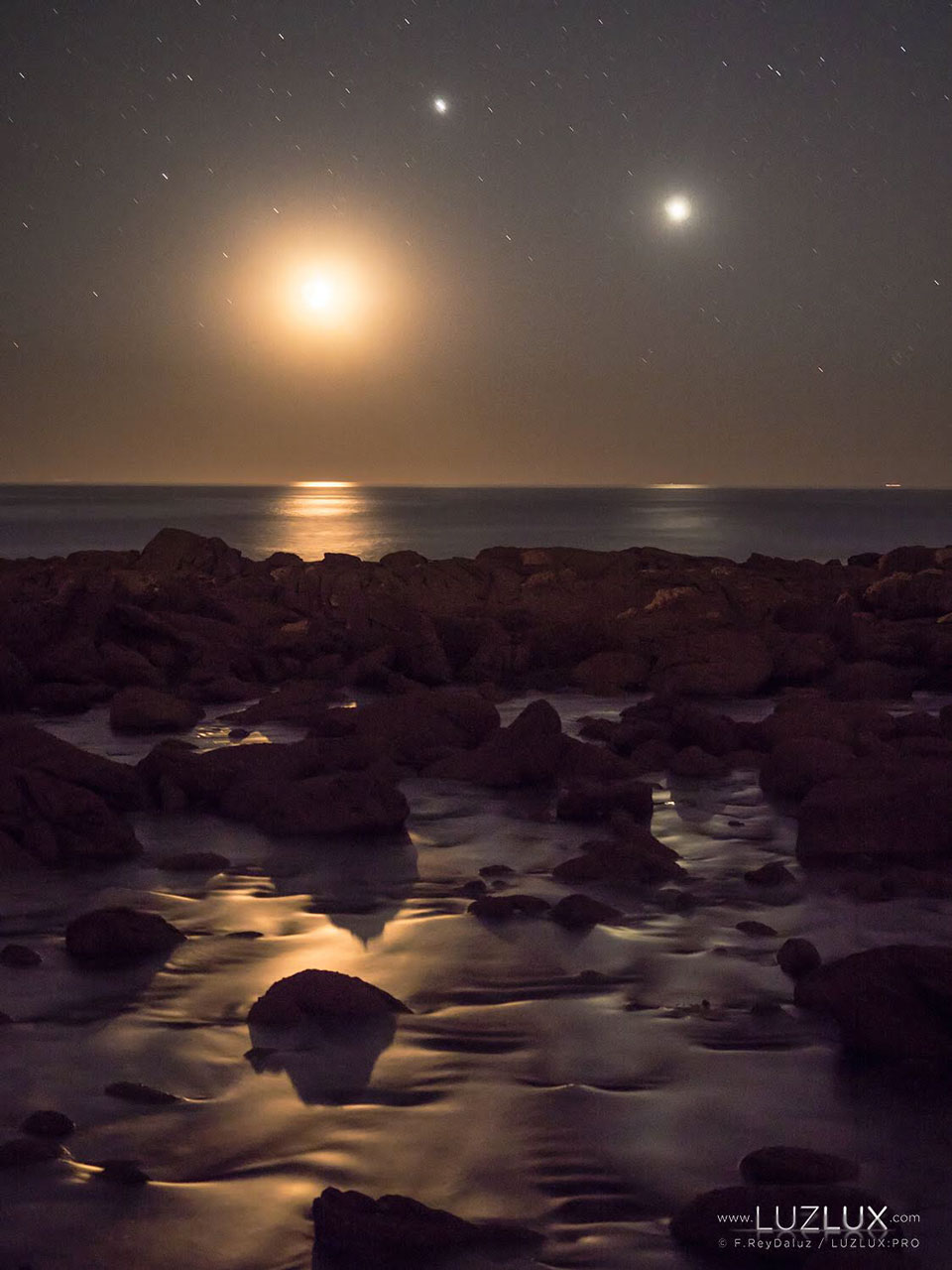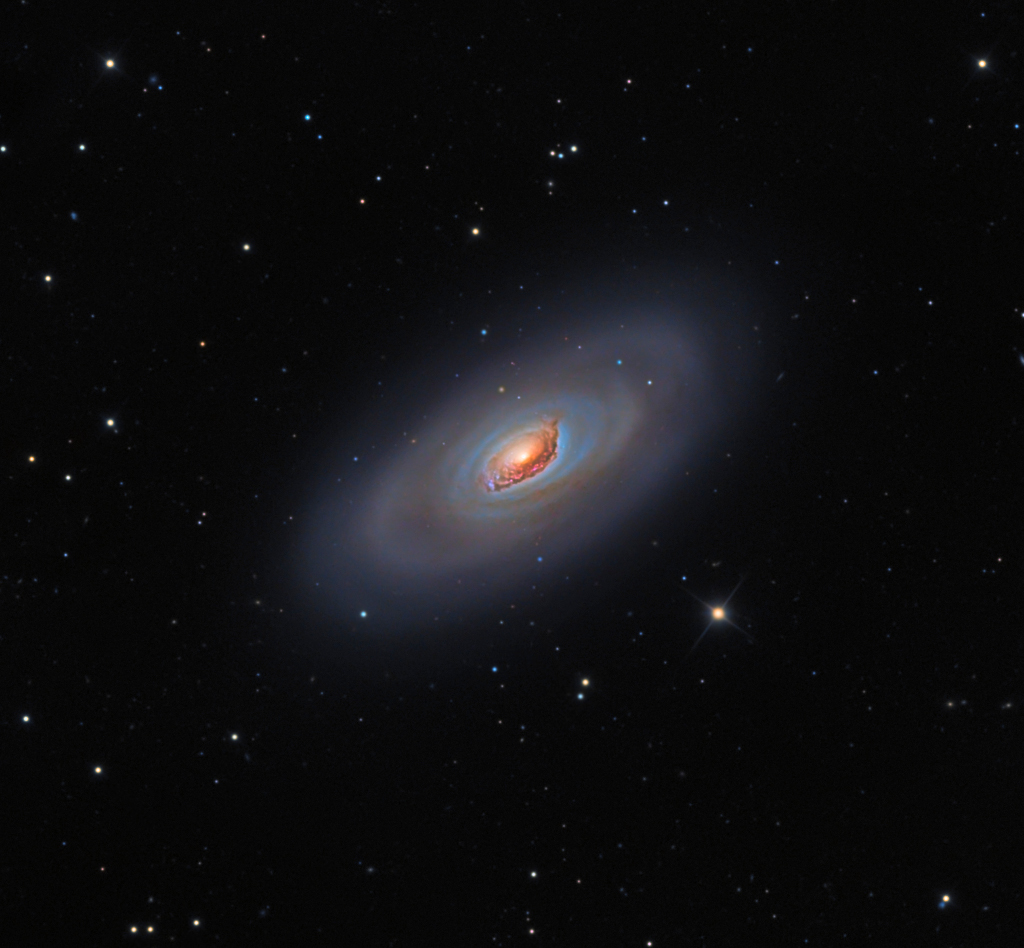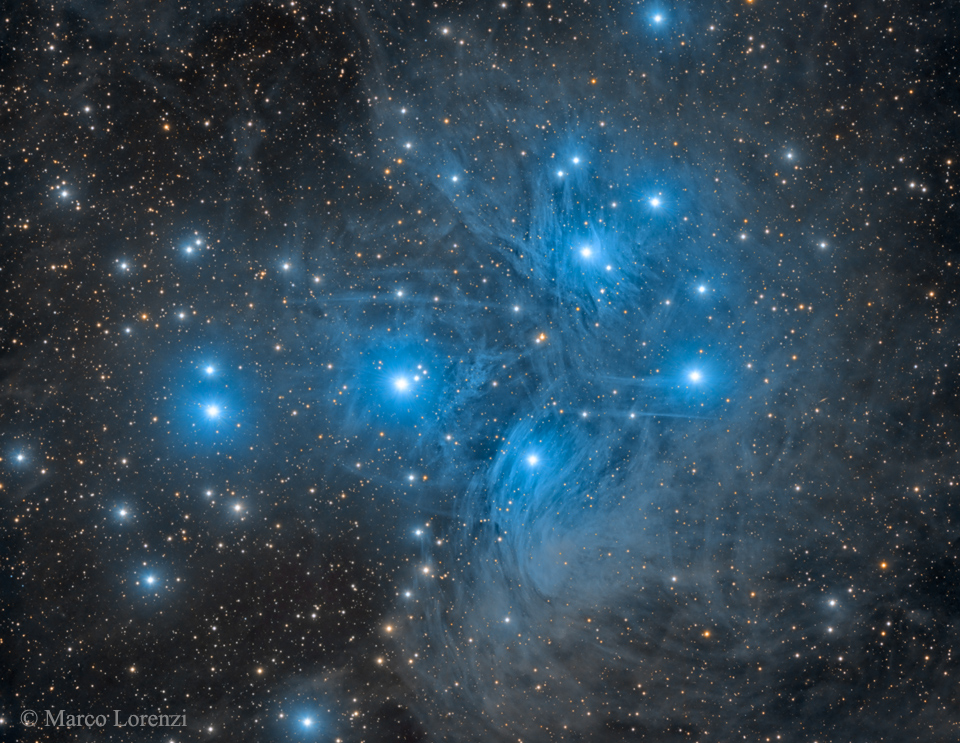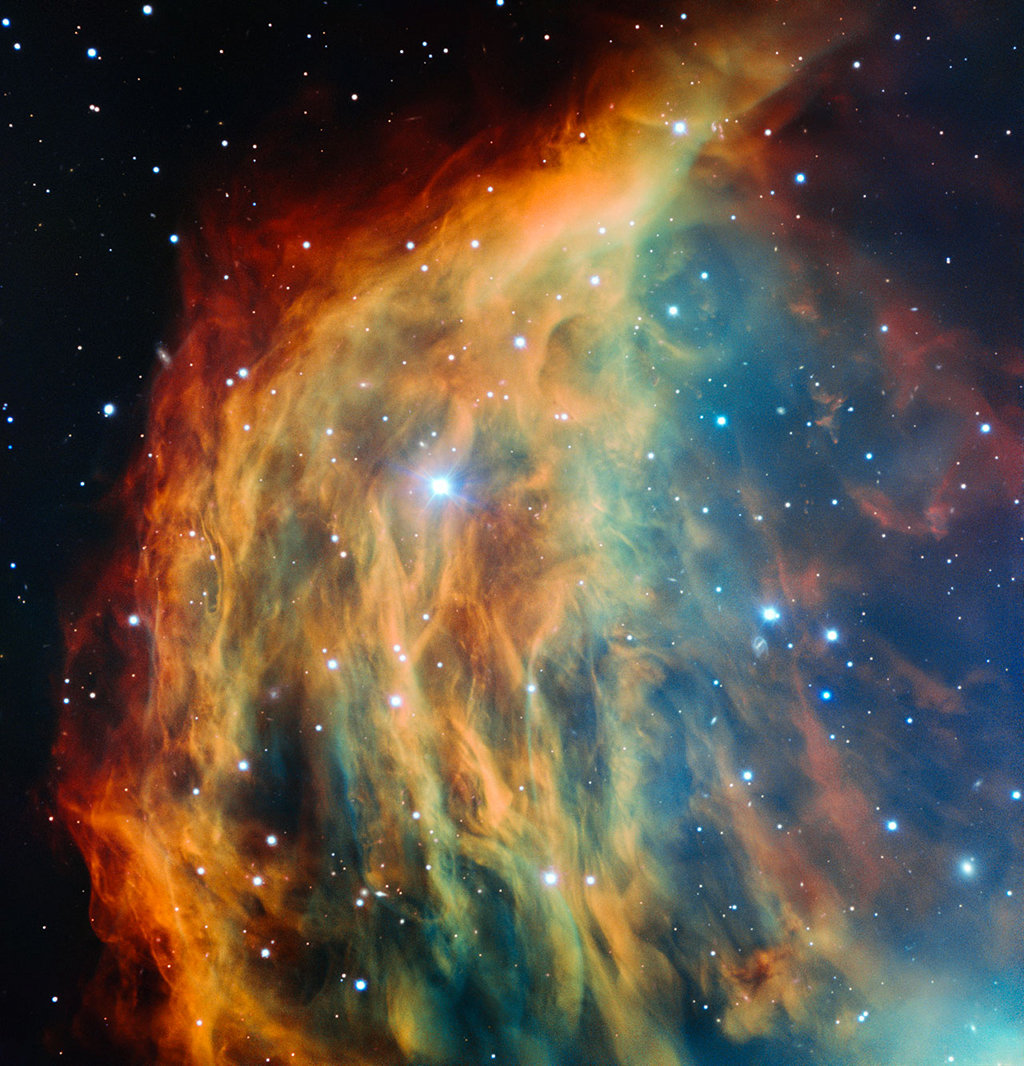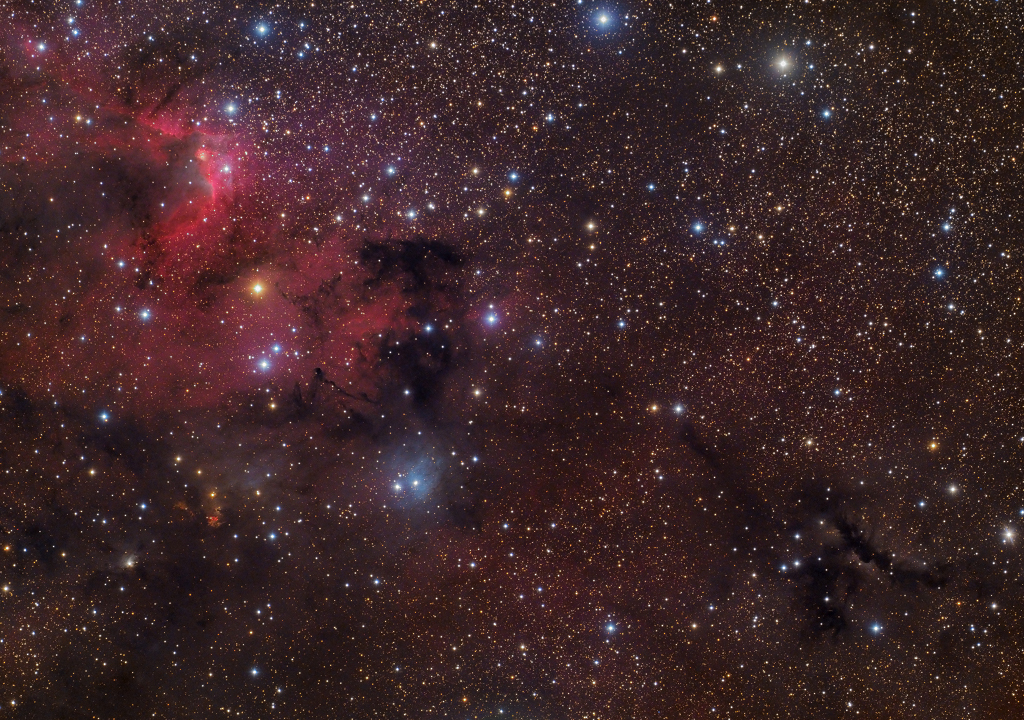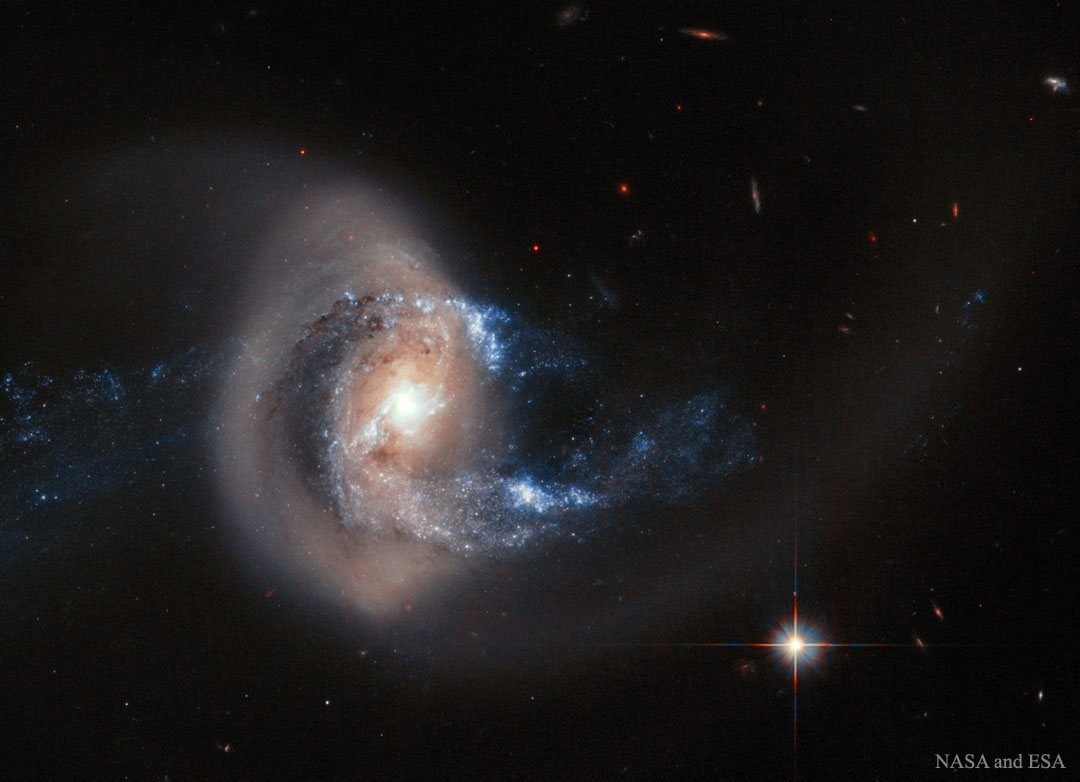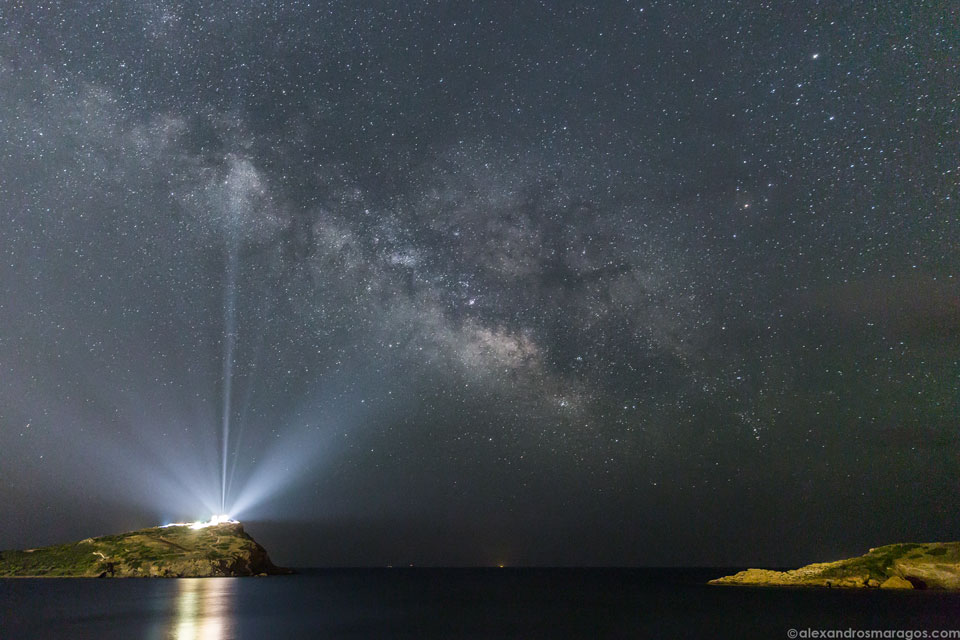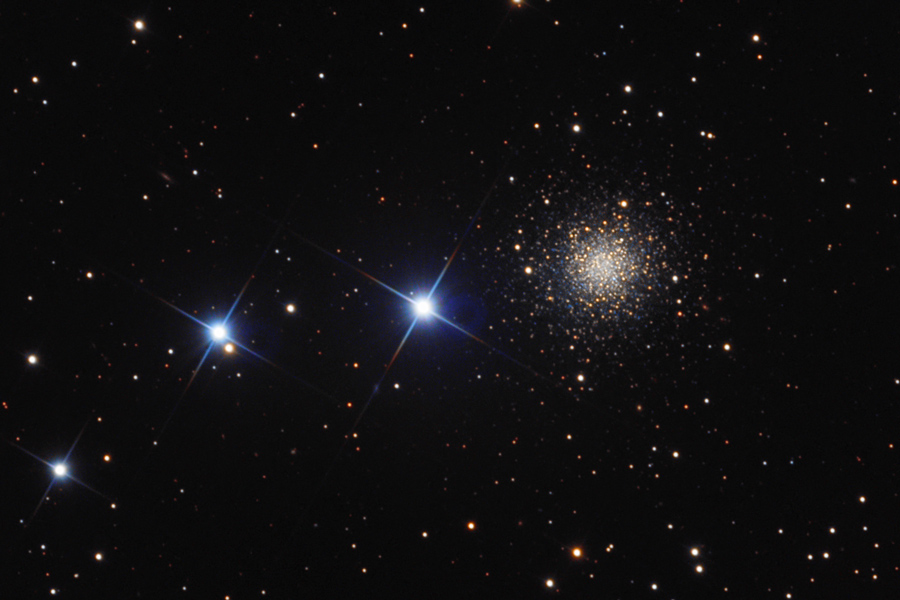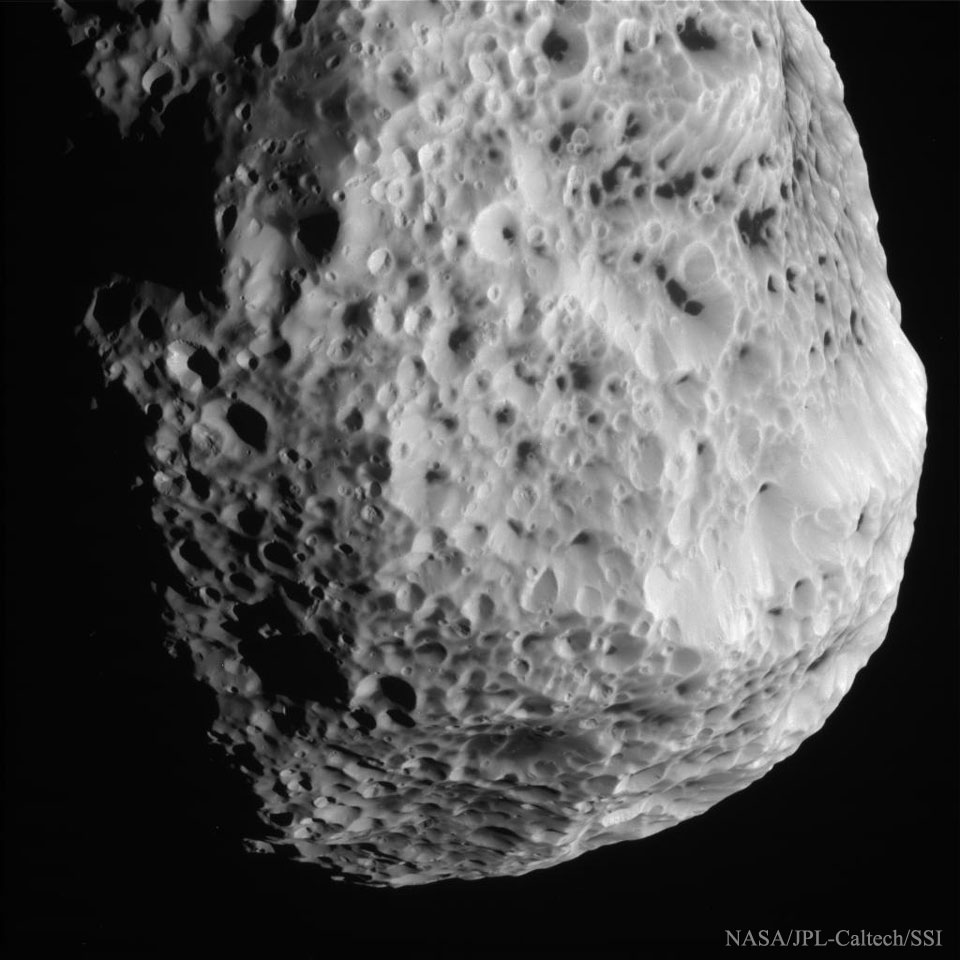
Rising at the start of a northern summer's night, these three bright stars form the familiar asterism known as the Summer Triangle. Altair, Deneb, and Vega are the alpha stars of their respective constellations, Aquila, Cygnus, and Lyra, nestled near the Milky Way. Close in apparent brightness the three do look similar in these telescopic portraits, but all have their own stellar stories. Their similar appearance hides the fact that the Summer Triangle stars actually span a large range in intrinsic luminosity and distance. A main sequence dwarf star, Altair is some 10 times brighter than the Sun and 17 light-years away, while Vega, also a hydrogen-fusing dwarf, is around 30 times brighter than the Sun and lies 25 light-years away. Supergiant Deneb, at about 54,000 times the solar luminosity, lies some 1,400 light-years distant. Of course, with a whitish blue hue, the stars of the Summer Triangle are all hotter than the Sun. via NASA http://ift.tt/1Ij77Lp








